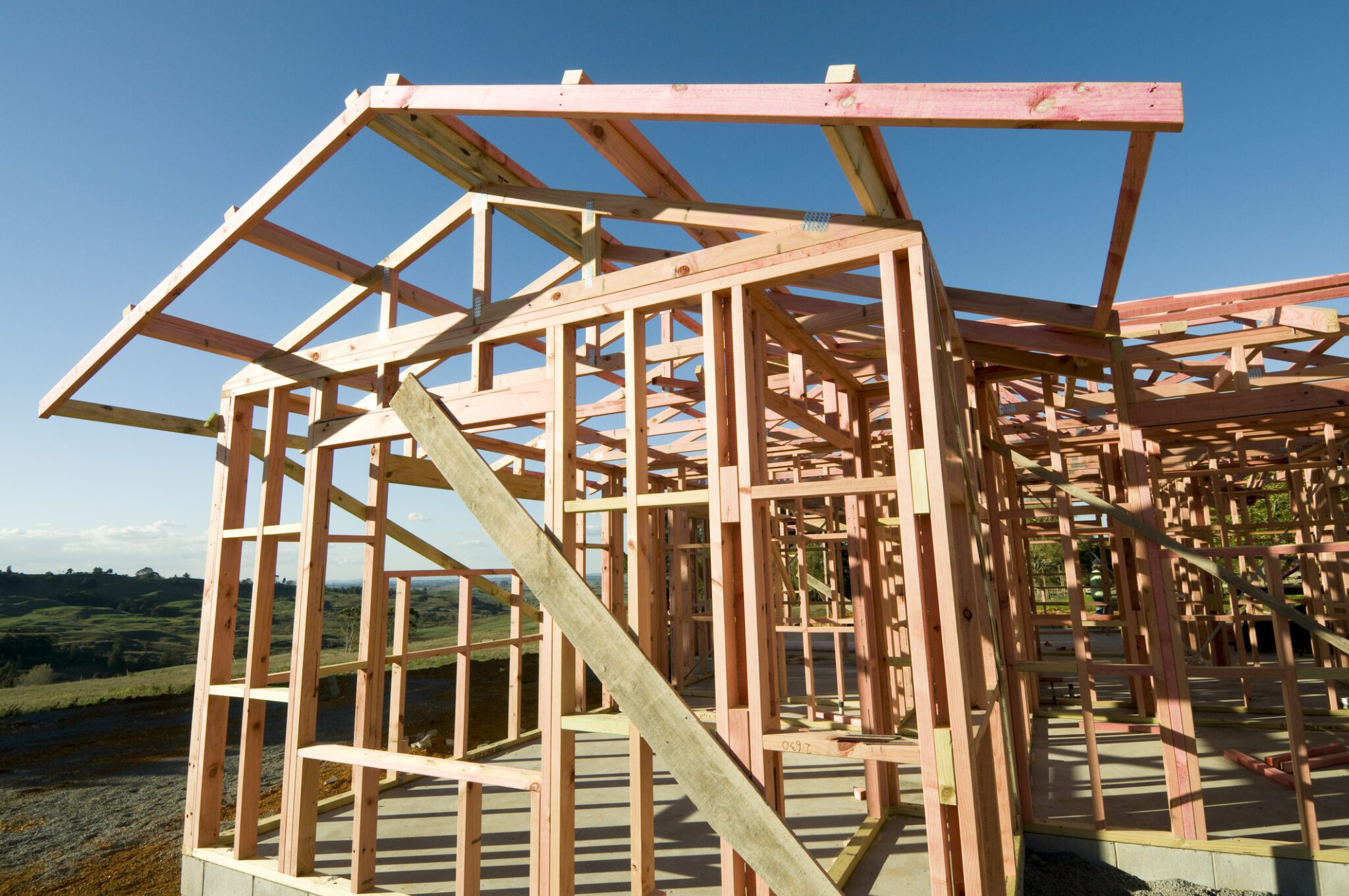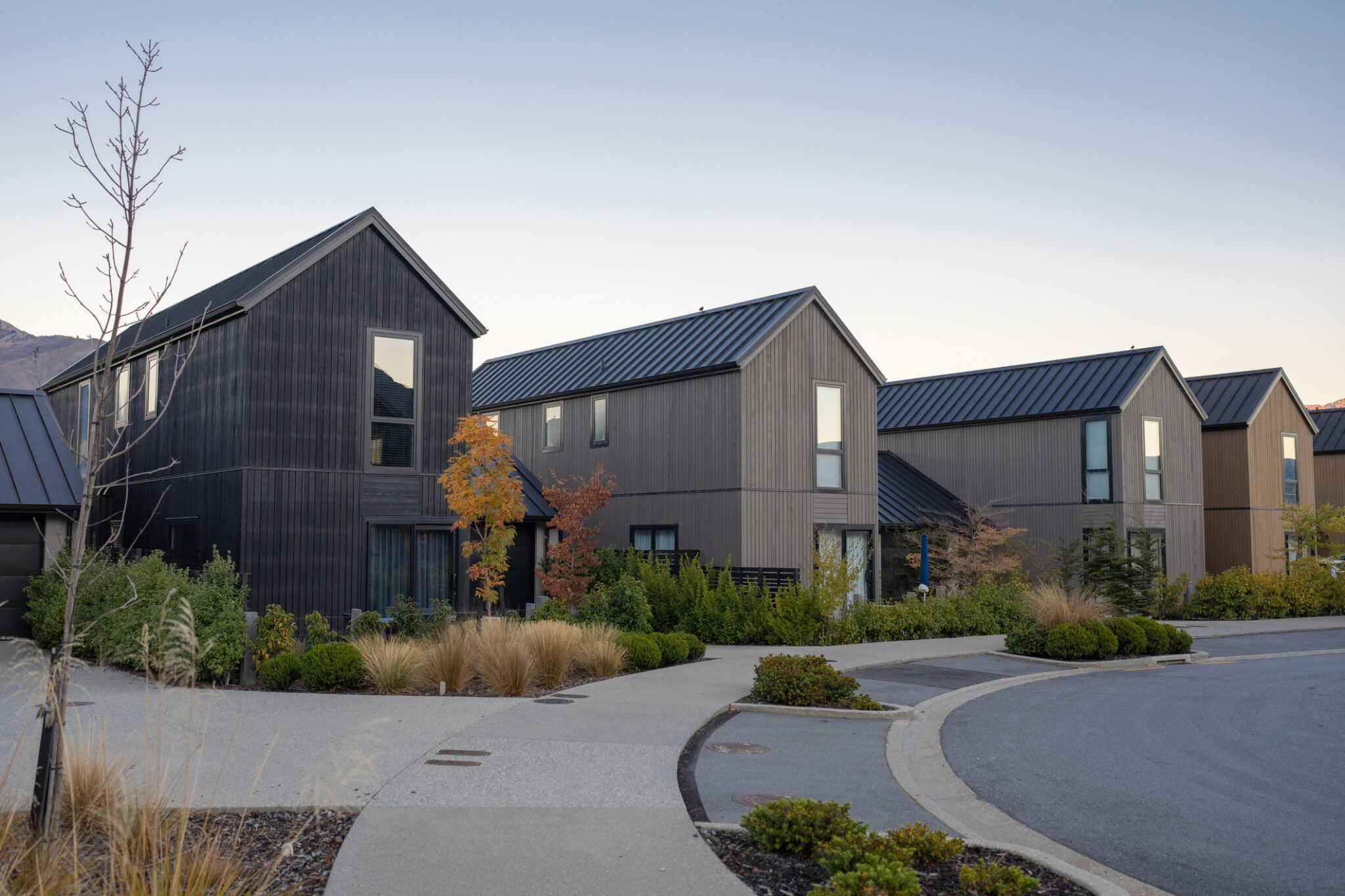Recent extreme weather events like the Auckland floods and Cyclone Gabrielle have devastated many communities in the North Island of New Zealand, causing loss of life and widespread damage and destruction to property.
One of the areas of concern for people in the aftermath may be the implications for any commercial lease of their property. Whether that is the lease of a commercial building, or the lease of farmland for horticultural or other similar uses, as is prevalent in the Hawkes Bay and Tairāwhiti regions.
Commercial leases generally contain clauses that address what should happen to the lease in the event of damage to the leased property where it cannot be used for its leased purpose, or damage to neighbouring property that prevents the property itself being accessible. These sorts of clauses will become relevant to properties affected by the recent natural disasters, and property owners should understand how their lease may respond following such an event.
It’s important to remember that every property will be affected in different ways, and every lease will also be different. Your rights as a landlord or a tenant will depend on the terms of your lease and on your particular circumstances.
At Duncan Cotterill we understand the uncertainty and exhaustion that follow natural disasters. The Canterbury earthquakes and recent pandemic have provided some lessons for landlords and tenants to draw on. We encourage you to seek advice and to keep in contact with us. We will be available to ensure you are supported in the creation of strategies and implementation of solutions during this time.
What happens if commercial properties have been damaged or destroyed?
This will depend on the terms of the lease document and the extent of the damage to the property.
As a starting point, landlords and tenants should check the terms of any material damage, business interruption or loss of rental insurance policies they hold. Commercial leases will usually specify what sort of insurance each party is required to maintain, and who is responsible for premium and excess payments.
Many commercial leases contain clauses specifically dealing with situations where a property has been damaged or destroyed. The most commonly used commercial lease documents in New Zealand, the Auckland District Law Society Deed of Lease (ADLS Deed of Lease) and the Property Council New Zealand Retail Lease (Property Council Lease), contain these types of provisions. The Federated Farmers form of Deed of Lease for Rural Land also contains provisions dealing with damage or destruction of a property, although the outcome under that lease is not the same as that under the two former leases.
Total destruction of premises
Generally speaking, both the ADLS Deed of Lease and Property Council Lease provide that, if the premises are totally destroyed or damaged to the extent that they can no longer be tenanted, then the lease will come to an end.
Where the premises are damaged
Under the ADLS Deed of Lease, if the premises have been damaged but can still be tenanted then, as long as the damage is covered by the landlord’s insurance, the landlord must reinstate the premises. The landlord is not required to spend more than the amount they receive in insurance pay-out for the damage. A ‘fair proportion’ of rent and outgoings ceases from the date of damage until completion of the repairs or reinstatement. If the landlord can’t get necessary consent to the repair work, or if the landlord’s insurance is insufficient to cover it, then the lease will end.
The Property Council Lease includes similar provisions.
Some leases for rural land may be documented on the Federated Farmers form of Deed of Lease for Rural Land. That lease document includes similar provisions to the ADLS Deed of Lease in that the landlord must spend insurance money received towards repairing the damage to the property but is not required to spend more than the insurance pay-out. There is no provision for a fair proportion of the rent to cease until repairs or reinstatement are completed, and there is no provision for the lease to end. That lease also includes provisions where the landlord does not warrant the suitability of the land to the tenant’s purposes and the tenant agrees to accept the land in ‘as is where is’ condition. The combination of those provisions will produce quite a different result for landlords and tenants to that which would apply under the ADLS Deed of Lease or Property Council Lease.
Other leases of rural land may be documented on a bespoke agreement between the landlord and tenant drafted by either of those parties’ lawyers. The terms of those leases will vary and a review of the particular lease will be required to determine whether the lease addresses the parties’ rights and obligations when the property is damaged or destroyed.
If we consider the terms of the Federated Farmers form of Deed of Lease for Rural Land, how it would respond to damage or destruction in a natural disaster is at first glance quite different to how the ADLS or Property Council leases typically used for commercial buildings may respond. The reason for the difference is primarily because the general expectation is that damage caused to rural land is not normally sufficient to cause a widespread impact on the leased property, which may not be the case with a single commercial building. Rural leases are primarily about the land and in many cases the land areas are vast and the expectation is that the property as a whole would be far less likely to be wholly damaged or destroyed.
The widespread nature of the natural disasters we have seen recently will put that expectation to the test. The damage caused by Cyclone Gabrielle which has left many rural properties covered in layers of silt and ripped out trees and vines, is much more widespread than the standard form of rural land lease might have expected to respond to. Some leases may address the consequences of that, but some may not.
What if my lease doesn’t contain these clauses?
If your lease does not contain specific clauses dealing with damage or destruction, there may be other clauses contained or implied in the lease that will be relevant.
Force majeure clauses
It may be that your lease contains what is known as a “force majeure” clause which deals with “acts of God” like natural disasters and other extraordinary events like war or epidemics. Force majeure clauses are not common in commercial leases but cover situations where a party to a contract cannot perform its obligations due to specific circumstances beyond its control (for example, a natural disaster). If a force majeure event has occurred, a lease may be ended.
Implied clauses
Certain clauses may be ‘implied’ into leases entered into after 31 December 2007, by the Property Law Act 2007. This includes, for example, the right to a rent abatement where a leased property is unfit for occupation and use by the tenant due to damage caused by flooding and other natural hazards. The parties to a lease can (and often do) agree that these ‘implied clauses’ will not apply to their lease.
Other sections of the Property Law Act give the tenant the right to the benefit of the landlord’s insurance in certain circumstances, including where the premises are partially destroyed or damaged by flood or storm (or other natural disasters). Generally speaking, these provide that the tenant must not be required to meet the cost of destruction or damage to the premises caused by flood or storm. Again, the parties can “contract out” of these provisions in certain circumstances.
The situation will be different again for leases entered into before 31 December 2007. It is crucial to know and understand the terms of your lease to know which implied clauses may apply to the lease.
Frustration
Depending on the parties’ circumstances and the extent of damage to the property, it may be possible to argue that the lease has become ‘frustrated’. In general terms, ‘frustration’ of a contract occurs where there is an unforeseen change, which makes further performance of the contract impossible or significantly different from what the parties intended. When a contract is frustrated, it is brought to an end and the parties are excused from further performance.
Arguments of frustration of contract were not uncommon following the Christchurch Earthquakes however the threshold for a finding of frustration is high. A mere change in circumstances is unlikely to be enough. We recommend you seek legal advice on your particular circumstances.
What happens if the commercial premises are undamaged but are inaccessible?
Many leases contain clauses which cover situations where the premises themselves are undamaged but cannot be accessed by the tenant.
The current version of the ADLS Deed of Lease, for example, includes clauses which provide for a “fair proportion” of rent and outgoings to cease if there is an “emergency” (including a flood, storm or cyclone) which results in the tenant being unable to gain access to their premises to fully conduct their business.
These clauses were included in the ADLS Deed of Lease after the Christchurch Earthquakes, when many tenants were unable to access their premises due to safety cordons or damage to surrounding properties. They were also used extensively during the Covid-19 lockdowns which prevented many tenants from operating their businesses from their premises.
Similar clauses are contained the Property Council Lease. There is no similar clause in the Federated Farmers Deed of Lease for Rural Land.
If ‘no access’ clauses are included in a lease, the question in each case will be: what is a ‘fair proportion’ of rent and outgoings? The answer will depend on the specific circumstances in each case and the individual circumstances of the landlord and tenant. A ‘fair proportion’ may also differ as between the rent and outgoings.
During the Covid-19 pandemic, the Government issued guidance to assist commercial landlords and tenants agree to a ‘fair proportion’ of rent. These were prepared in relation to temporary changes to the Property Law Act which inserted an implied ‘no access in an epidemic clause’ into leases which did not already contain an equivalent clause. These temporary provisions have now expired, but the Government’s guidance may still assist landlords and tenants in determining a ‘fair proportion’ of rent and outgoings.
Where possible, landlords and tenants should work together to agree this reduction and document any agreement in writing. If the parties cannot reach agreement then they should follow any dispute resolution processes set out in the lease.
What should landlords and tenants be doing?
Landlords and tenants should seek advice on the terms of their lease. They should talk to their lawyers, insurers, banks and, perhaps most importantly, talk to each other before entering into any agreement.
If you have any questions about your lease, or want to discuss your options, please contact a member of our Corporate and Commercial or Property law teams.
Disclaimer: The content of this article is general in nature and not intended as a substitute for specific professional advice on any matter and should not be relied upon for that purpose.





